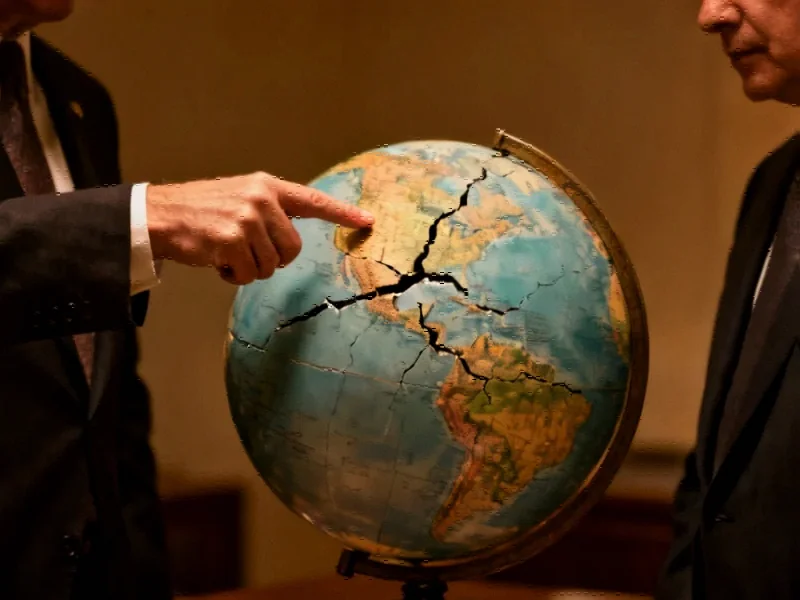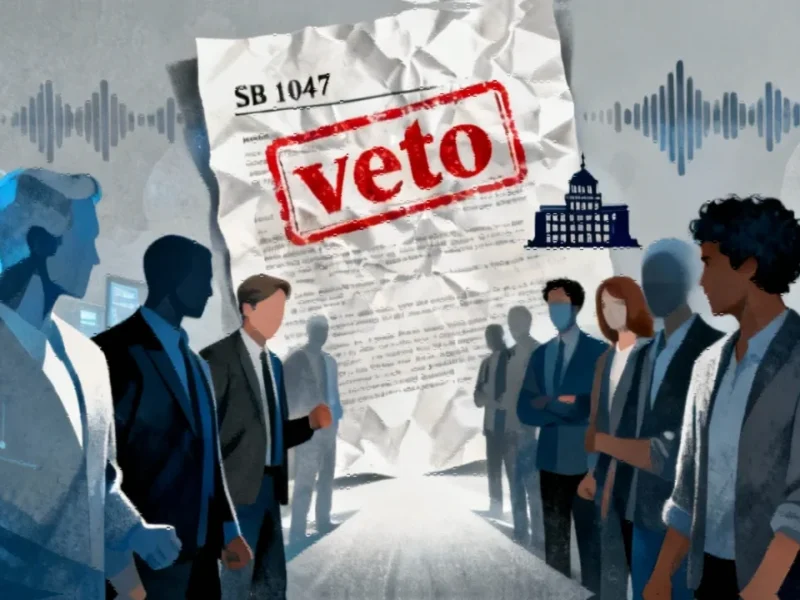Communication Breakdown Threatens US-China Trade Progress
High-level trade negotiations between the United States and China have reportedly reached a stalemate, with sources indicating that communication problems and political tensions are hampering diplomatic efforts. According to analysts, the current impasse reflects a broader deterioration in bilateral relations that could have significant implications for global trade.
The Back Channel Void
The report states that unlike during Donald Trump‘s first term, when negotiations frequently utilized the “Kushner channel” between Jared Kushner and then-ambassador Cui Tiankai, current talks lack reliable informal communication lines. This absence of back channels has complicated efforts to arrange leadership meetings and build toward substantive agreements.
Official negotiations led by U.S. Treasury Secretary Scott Bessent and Chinese Vice Premier He Lifeng have reportedly made little progress through four rounds of talks since May. Sources indicate that the two sides have struggled even to agree on the outcomes of previous discussions, let alone establish a framework for broader trade negotiations.
Personnel and Political Challenges
Analysts suggest that both lead negotiators, while experienced in their respective domains, lack the specialized experience and rapport that characterized previous US-China trade discussions. The professional relationship that developed between former U.S. Trade Representative Robert Lighthizer and China’s former economic adviser Liu He appears absent from current talks.
On the American side, political dynamics have reportedly complicated diplomatic efforts. Advocates for improved relations with China often face accusations of disloyalty, creating what some observers describe as a “chilling effect” on diplomatic outreach. Meanwhile, the restructuring of the National Security Council has reduced institutional expertise on China policy within the White House.
Business Leaders as Potential Intermediaries
According to reports, there have been efforts to identify alternative communication channels through prominent business figures, including Tesla’s Elon Musk, Nvidia’s Jensen Huang, and Blackstone’s Stephen Schwarzman. These industry leaders have relationships in both countries and could potentially facilitate dialogue between the two governments.
However, analysts suggest that none of these potential intermediaries appears to have sufficient influence with both leadership teams to serve as reliable conduits for comprehensive negotiations that would need to address sensitive issues beyond trade, including Taiwan. Recent industry developments in technology have further complicated these efforts.
Chinese Political Dynamics
Sources indicate that political considerations are also affecting China’s approach to negotiations. The concentration of power under Xi Jinping and recent purges of diplomats with Washington connections have made Chinese officials more cautious in bilateral talks. The removal of two top diplomats with strong U.S. ties—Qin Gang and Liu Jianchao—has reportedly increased anxiety among Chinese officials involved in America relations.
The retirement of Wang Qishan as China’s vice president in 2023 has further reduced communication options, according to analysts. Wang maintained relationships with Wall Street figures including Hank Paulson and John Thornton that had previously provided informal diplomatic channels.
Internal Divisions and Conflicting Signals
The report states that significant divisions have emerged within the Trump administration, particularly between security hawks and technology industry representatives. These internal tensions were reportedly exemplified by the experience of Nvidia’s Jensen Huang, who initially appeared to successfully lobby for eased restrictions on chip sales to China, only to face backlash from Trump supporters after making comments critical of China hawks.
According to Sarah Beran, a former China director now at consultancy Macro Advisory Partners, the administration has demonstrated “contradictory impulses” by imposing tough new measures on China while simultaneously encouraging Chinese purchases of American soybeans and passenger jets. These market trends reflect the complex nature of current economic relations.
Leadership Dynamics and Diplomatic Styles
Analysts suggest that the different diplomatic approaches of the two leaders present additional challenges. While Trump reportedly prefers to rely on his personal negotiating skills in direct meetings with Xi, the Chinese leader typically insists on detailed preparatory work and clear agendas before committing to agreements.
China has reportedly attempted to reestablish communication channels by reactivating former ambassador Cui Tiankai, who retired in 2021. Sources indicate that Cui has visited Washington multiple times this year to meet with business leaders and think tanks, though his success in reaching administration officials remains unclear.
Limited Progress and Future Prospects
Despite the broader impasse, the report states that some limited progress has occurred on specific issues. Bessent and He reportedly helped negotiate the transfer of TikTok to American-controlled ownership in September. However, analysts suggest that without improved communication channels, broader agreements appear unlikely.
The current situation reflects broader related innovations in diplomatic approaches amid changing global power dynamics. As Da Wei, an expert on China-America relations at Tsinghua University, noted at a recent conference, “The Trump 2.0 team is more of a club of loyalists than a cohesive unit,” making it difficult to identify consistent points of contact.
According to observers, the communication challenges between Washington and Beijing mirror recent technology sector disputes that have highlighted broader tensions in US-China relations. Without significant improvements in communication infrastructure, analysts suggest that progress will likely remain limited to smaller, transactional issues rather than comprehensive agreements that could stabilize the relationship between the world’s two largest economies.
This article aggregates information from publicly available sources. All trademarks and copyrights belong to their respective owners.
Note: Featured image is for illustrative purposes only and does not represent any specific product, service, or entity mentioned in this article.



